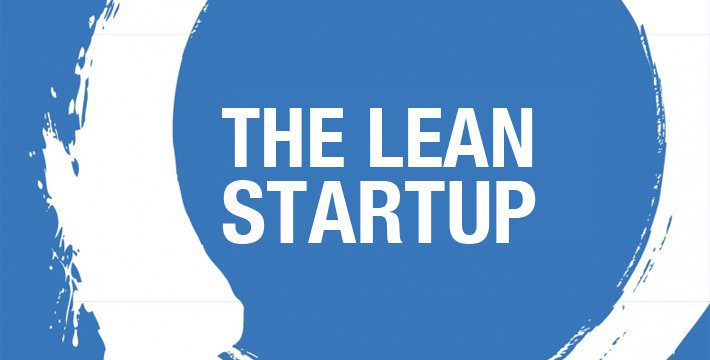
Article
How nen DTx Will Help Kids with Cancer to Manage Pain
This post was previously on the Pathfinder Software site. Pathfinder Software changed its name to Orthogonal in 2016. Read more.
Since Orthogonal focuses on software based product development I get 40-50 inquiries a month from people who are looking for design and development help. This ranges from people who just have an “idea” to people with detailed requirements and screen mockups. Though most applicable to startups, regardless of the stage there are a couple of things we look for first:
1. What problem is your application solving?
2. How does your product solve the problem?
3. Why and how will people beat a path to your door for your solution?
4. What are your market differentiators (and are they sustainable)?
5. What is the market size?
6. What is your revenue model – how will you get paid and how will revenue scale over time – this needs to be specific, even if a guess – how many users or licenses and what is your revenue per user or license.
7. What will it cost to design, build, operate (legal, accounting), support, market/sell – support should include both providing customer service and continually enhancing the product to keep it ahead of the competition.
Forget how cool you think the application is. Think about who’s going to buy it and what they are willing to pay.
Funding Expectations:
Although it can be less for a mobile application (iPhone, iPad, Android, etc.), for a desktop or software as a service (SaaS) application expect that your design and development costs for your first release will be in excess of $100,000 – probably in the $150,000-$350,000 area. Why? Think about it. If your application is so simple that it can be developed for $10-50k, how can you hope to have a sustainable competitive advantage? Your neighbor working out of his or her garage can look at what you’re doing and become your competitor. The more likely scenario is that a firm with more solid funding and marketing leverage will take your idea and keep you from achieving sufficient market penetration to be profitable.
Investing Wisely:
Rather than trying to spend $50,000 on developing an application, take a little more time to think through your idea, making it more compelling, and aligning marketing and operational resources that can help better define yor product and its differentiators. If you think you have something unique and valuable, think of the minimum prototype you could build to validate your market and value proposition.
Most large cities have state and local organizations and incubators specifically organized to help entrepreneurs. Don’t feel that you have to go it alone, contact these organizations and leverage their services. They can help you vet and tune your idea into something that could be attractive to potential customers and to Angel investors or VCs.
Don’t let this information stop you from trying – it can be fun and rewarding, but it is much more fun if you have realistic expectations and can successfully bring your product to market. You win no points for half of a product or a product that no one will buy.
Related Posts

Article
How nen DTx Will Help Kids with Cancer to Manage Pain

Article
How Industry Experience Shaped Creation of DTx Startup nen

Article
A Conversation with Eric Ries at the Chicago Lean Startup Circle

Article
Faster Feedback Before Development Starts: Feasibility